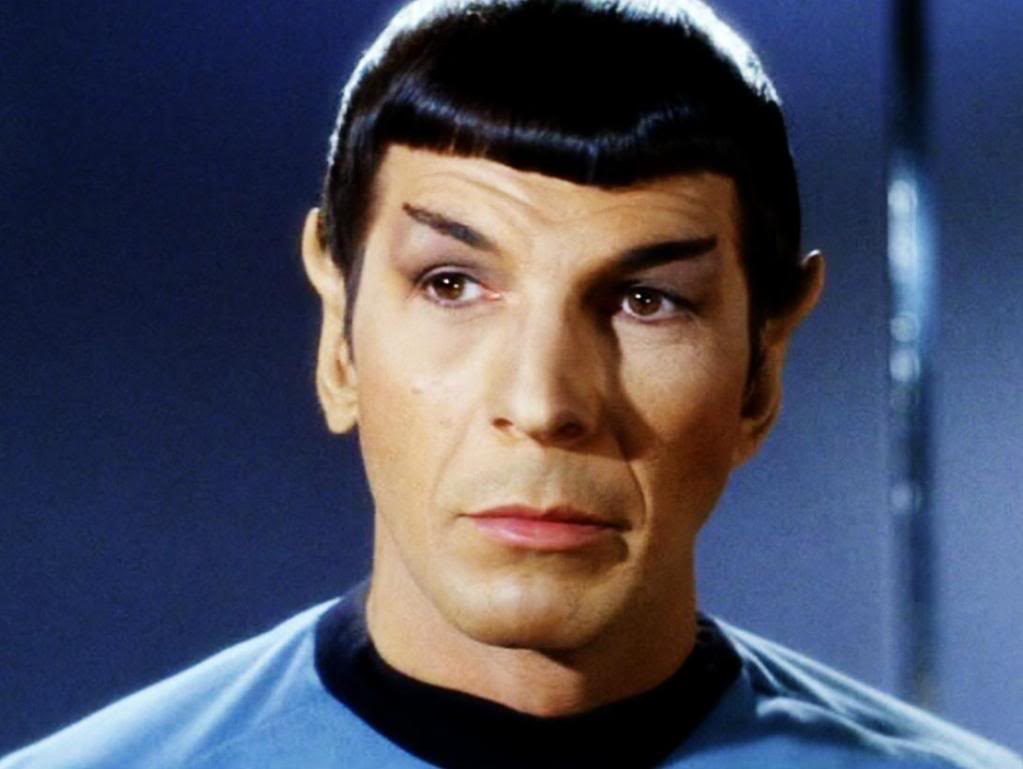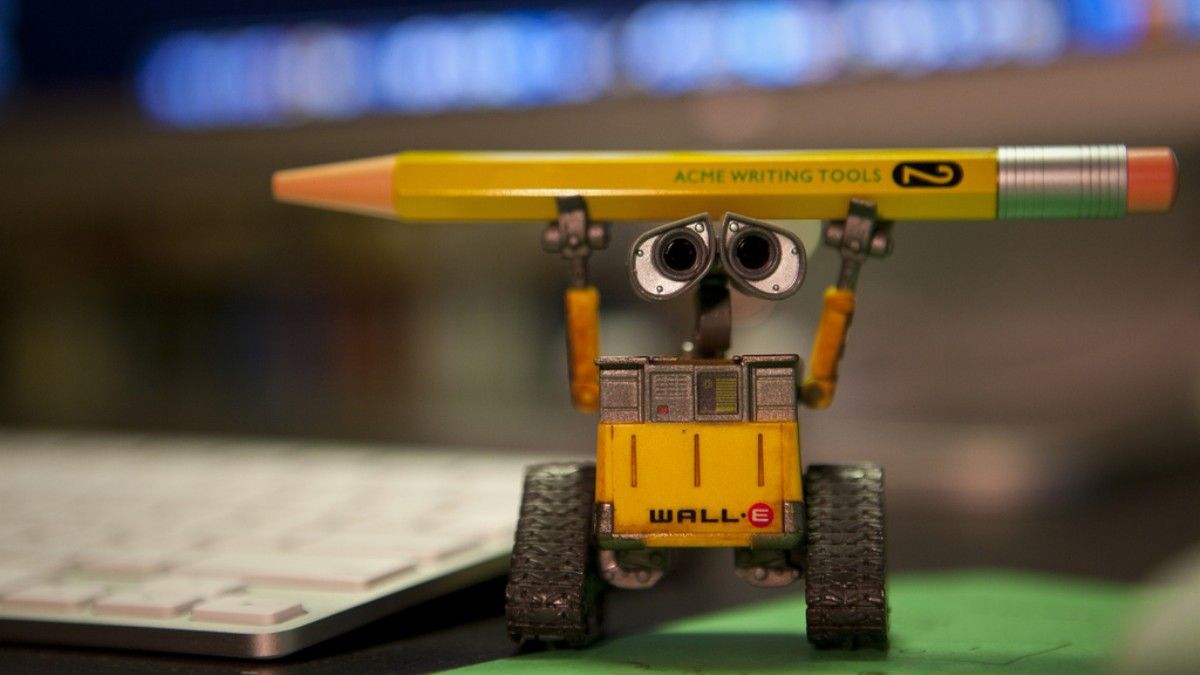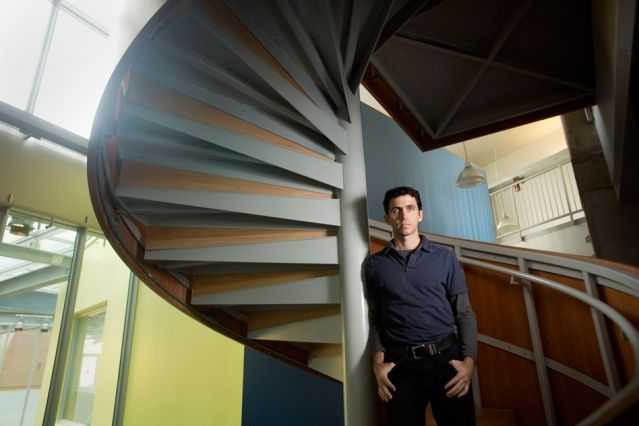This was one of the best tributes to Leonard Nimoy, from a real spaceship:
— Terry Virts (@AstroTerry) February 28, 2015
This was one of the best tributes to Leonard Nimoy, from a real spaceship:
— Terry Virts (@AstroTerry) February 28, 2015

By Graeme McMillan — Wired
Leonard Nimoy, the legendary actor known to the world as Star Trek‘s Mr. Spock, died at his home in Los Angeles this morning. He was 83. Almost as soon as word of his passing hit the Internet, friends, former co-stars, and fans began expressing grief over the actor’s passing.
Nimoy was hospitalized earlier this week for chest pains, and his wife Susan Bay Nimoy has confirmed that he died from end-stage chronic obstructive pulmonary disease. He announced his sickness in February of last year, blaming it on his smoking habits of decades earlier.
“As you all know, my Grandpa passed away this morning at 8:40 from end-stage chronic obstructive pulmonary disease,” Nimoy’s granddaughter, Dani, posted via the actor’s Twitter. “He was an extraordinary man, husband, grandfather, brother, actor, author-the list goes on- and friend. Thank you for the warm condolences. May you all LLAP.”
Read more
By David J. Hill — Singularity Hub
Telepresence robots are awesome, but the experience can be frustrating at times. The reason? They lack arms. Whether you want to examine an object yourself, open a door, or pretend to be the Terminator with a Nerf gun, the lack of even a rudimentary claw can leave you feeling like a half a person, a mind wandering atop a remote control toy.
Not anymore.
Launched on Indiegogo three days ago, the ORIGIBOT is an Android-based telerobotic platform that comes with a robotic arm and gripper. With 5 degrees of freedom, the robot allows for all sorts of motion and control using desktop or mobiles devices.
Quoted: “Blockchains are thus an intriguing model for coordinating the full transactional load of any large-scale system, whether the whole of different forms of human activity (social systems) or any other system too like a brain. In a brain there are quadrillions of transactions that could perhaps be handled in the universal transactional system architecture of a blockchain, like with Blockchain Thinking models.”
Read the IEET brief here > http://ieet.org/index.php/IEET/more/swan20150217

By Jason Dorrier — Singularity Hub
The blueprint of every living thing on the planet is encoded in DNA. We know the stuff can hold a lot of information. But how much is a lot? We could theoretically encode the world’s data (from emails to albums, movies to novels) on just a few grams of DNA. DNA already preserves life itself—now it might also preserve life as we live it.
According to New Scientist, a gram of DNA could theoretically store 455 exabytes of data. And Quartz drives the point home. If the world has about 1.8 zettabytes of data, according to a 2011 estimate, all the world’s information would fit on a four-gram DNA hard drive the size of a teaspoon.

Written by Victoria Turk — Motherboard
In 2013, researchers Carl Frey and Michael Osborne of the Oxford Martin School dropped the bombshell that 47 percent of US jobs were at risk of computerisation. Since then, they’ve made similar predictions for the UK, where they say 35 percent of jobs are at high risk.
So what will our future economy look like?
“My predictions have enormously high variance,” Osborne told me when I asked if he was optimistic. “I can imagine completely plausible, incredibly positive scenarios, but they’re only about as probable as actually quite dystopian futures that I can imagine.”
Read more

By Nichole Dobo — Slate
About 150 sixth-graders are in this math class—yes, 150—but Garuccio’s task was to help just 20 of them, with a lesson tailored to their needs. He asked, “Where does the decimal point go in the product?” After several minutes of false starts, a boy offered the correct answer. Garuccio praised him, but did not stop there.
“Come on, you know the answer, tell me why,” Garuccio said. “It’s good to have the right answer, but you need to know why.”
Read more
Most of physical science is nice and non-fraudulent. But cosmologists and particle physicists have lost contact to reality and defend superstition in a criminal fashion.
This was my friend Benoit Mandelbrot’s experience in 2000, because he had explained the Kepler-Olbers paradox (“Why is the night sky dark?”) in a non-expansionist way. Before him, Fritz Zwicky had become ostracized for making such a proposal.
The Zwicky-Mandelbrot result has since been proved and explained with publications starting in 2003. But there is no response to the two independent proofs offered (a statistical mechanics of mutually attractive particles; a demonstration that Einstein’s constant c in the vacuum is a global and not just a local constant of nature everywhere).
So the standard cosmology as defined in any school text is based, not on ignorance but on lies? One could go so far as say so, although of course most of the worshipers of the disproved gospel never heard of its demise since the leading journals and media suppress the dogma-defying results.
This could be a nice anecdote for future historians of science. But it also has a non-humoristic side to it: The “Big-Bang experiment” – designed to re-create the conditions of the Big Bang down on earth – refuses to update its 7 years old Safety Report before doubling its world-record collision energies for protons in a few weeks’ time from now. Conditions that never existed before in the history of the universe are thus being tried to be created down on earth – with blue eyedness. Putin’s self-assurance is nothing by comparison.
This is a relapse into the darkest times of the middle ages – in the year 2015. And the media are disallowed to report. It would be nice to learn who is legally responsible for the fraudulent curfew. Stockholm – because they would lose their reputation?

Laura Bliss — CityLab
Judging from some of Facebook’s most viral images in history—textbooks wrapped in paper bags, futuristic beach houses, Barack and Michelle mid-hug—it seems safe to say that, content-wise, a mix of nostalgia and aspiration makes ‘book users click, like, comment, and share. On Flickr, it’s cool nature shots. Instagram loves the Kardashians.
But favorite subjects come and go, while the viral cycle lives on. What if you could predict the kinds of photos most likely to strike a nerve? Given the incredible amount of data available on how online users engage with images, is there a way to measure the objective qualities of an image’s shareability?
Read more

Helen Knight | MIT News correspondent
The sequencing of the human genome laid the foundation for the study of genetic variation and its links to a wide range of diseases. But the genome itself is only part of the story, as genes can be switched on and off by a range of chemical modifications, known as “epigenetic marks.”
Now, a decade after the human genome was sequenced, the National Institutes of Health’s Roadmap Epigenomics Consortium has created a similar map of the human epigenome.
Read more